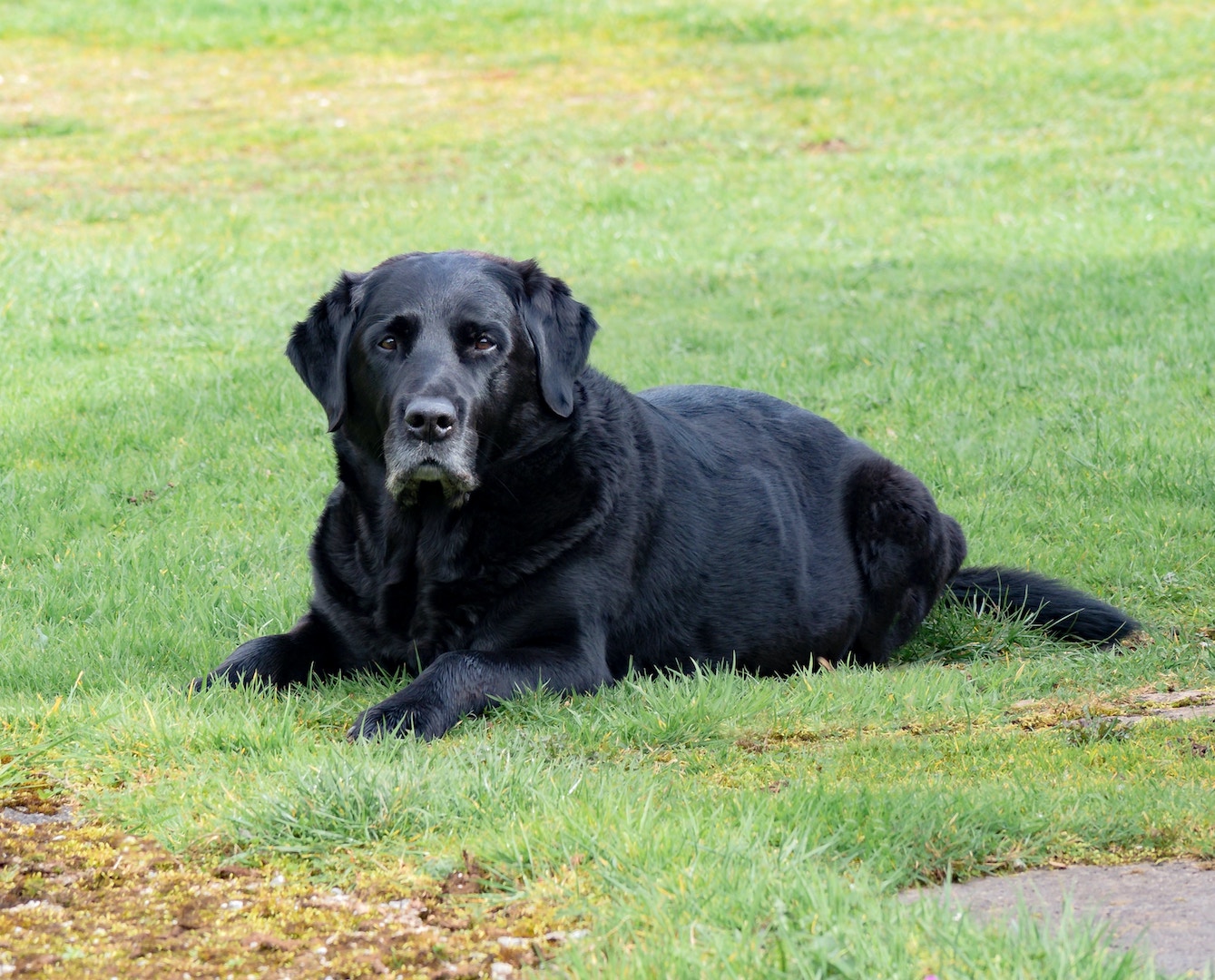You know that invincible feeling you get after watching a bunch of inspiring TEDx videos? The feeling that anything is possible, that suddenly you have the motivation to change not only yourself but the rest of the world? To accept people and live with greater compassion? I know the feeling. Yet, as I return to my life and routine, the feeling often fades. Read on to learn how to change your perspective and bridge the gap between watching TEDx talk and your actions.
Can People Change?
In the first part of this series, we set out to answer the question: can people change? If you missed it, read it here.
We explored the transformative experiences of two TEDxMileHigh speakers: Christian Picciolini, a former neo-nazi, and Gerardo Lopez, a former MS-13 gang member. Their experiences, in conjunction with studies from Stanford, the University of California, and the American Psychological Association, helped us understand that yes, people can change. People change all the time.
I wondered next, how can you change your perspective? Futhermore, once other people change, how can you change your perspective of them—and even accept them once they have changed?
How can we learn from these two TEDxMileHigh talks to become more open to people who have undergone dramatic, transformative changes in their lives? And, how can we make lasting changes in our own lives? Caution: this post is for readers who strive for radical self-awareness and are open to evaluating their beliefs around other people’s capacity for change.
Your Beliefs About Change: An Exercise
First, take a moment to watch these talks. While watching, take note of how they make you feel.
Do you believe that these people truly changed? Were you inspired by their change? Did their stories send you down a TEDxMileHigh rabbit-hole, questioning solitary confinement or exploring restorative justice and restorative conversations? Did you find a renewed hope for humanity? Can you see yourself in that person?
Reflection: Did I Change?
If you were inspired by the change they made, did it lead to a change in you? Did it alter your how you might treat others who’ve made impossible transformations?
The truth is, you might be moved by these stories, yet continue to contribute to a society that ultimately refuses to accept these men after their talk is over.
Ask yourself, as Gerardo does, would you hire someone who used to be in a gang? Someone who never graduated from high school? Someone who has been to jail? Someone who used to be a nazi? Most likely, your answer is no. Would you be their friend? Maybe. Would you let them babysit your child? No. So the question is, where do they fit in our society now that they’ve changed and their talk is over?
Yet, I believe these talks and change exhibited warrant a deeper belief in the capacity to change—and greater compassion for people who change and trust in change itself. If you agree, here’s how to change your perspective (or at least start a path of discovery about capacity for change):
How to Change Your Perspective
In Part 1, we established that both Christian and Gerardo successfully changed when they understood their true needs, found new communities, and depended on others for consistent support. Let’s use the same methods to become more open-minded.
1. Understand Yourself and Others
The first step in making lasting change in your actions is understanding what you don’t understand. For example, the circumstances of a person that you don’t know. Why do you hesitate to trust criminals? Why do you cross the street when you see someone who looks suspicious? Who looks suspicious to you and who does not? Why?
We are all biased. It’s important to accept this and begin to understand why.
When we stop to listen to a person’s story and understand the “why” behind their actions and how they got there, we begin to understand and see how we could have made a similar choice. We are more than our circumstances, but a large part of who we are is our environment. It can be hard to imagine how impactful a certain environment can be if you haven’t experienced it firsthand.
Action Item: Try to put yourself in the shoes of someone who you distrust, dislike, or do not understand. Take the time to get to know details about them that make them more real to you. Notice if you feel more empathy for them, even if you didn’t think you could.
2. Expand Your Community
What is your echo chamber? Who do you know? Do you know any people personally who used to be in a gang? Do you know anyone who shares fundamentally different views than you?
Action item: Get to know someone who is different than you and begin to understand the ways that you are similar. Try to expand your community to include people who have a different life story than you—who have had different opportunities, who have had different hardships and had to make different decisions. It might teach you not to be scared of the things and people you have never met or understood.
3. Find Support in this Transition
As you expand your horizons, reach out to others to help you. There is a multitude of resources available to help you better understand how people can change. Look for restorative justice community events near you. Watch more TEDxMileHigh talks like Shannon Sliva’s on how restorative justice could end mass incarceration or Laura Rovner’s on why U.S. prisons need to abolish solitary confinement.
Action item: Find someone who has gone through a restorative justice system and write them a letter. Communicating with someone directly who has experienced restorative justice first hand can help make it feel more real. Write to someone who has forgiven someone else for committing a crime against them. Learn about how forgiveness can feel better than revenge.
It’s Not Impossible to Change
Using these steps, it is possible to begin reconstructing a society based on restorative justice, where people who do the wrong thing can change, better themselves, and be reinvited back into society. A society where correctional facilities help people discover why they committed crimes and how they can fill the voids that they tried to fill with violence. A place where for-profit immigrant prisons are extinct. A society where we believe in the resilience of the human spirit and the fundamental ability to change.


















